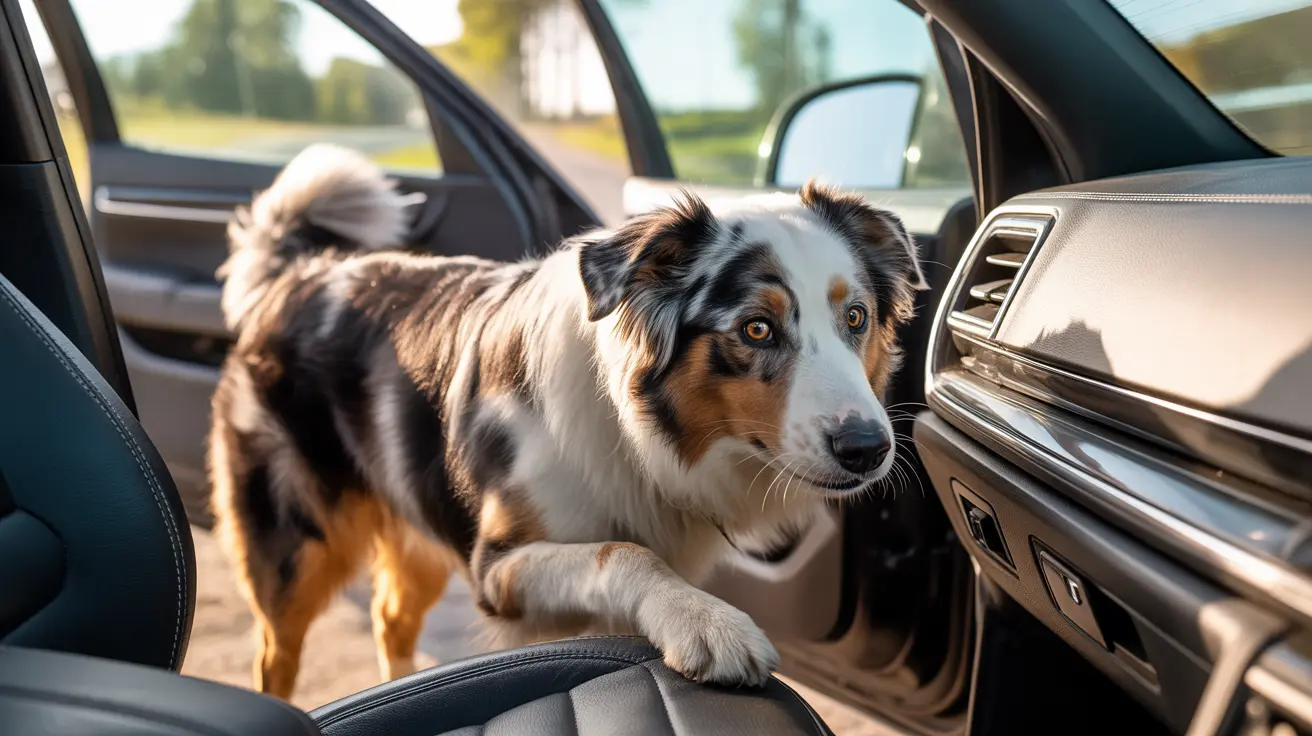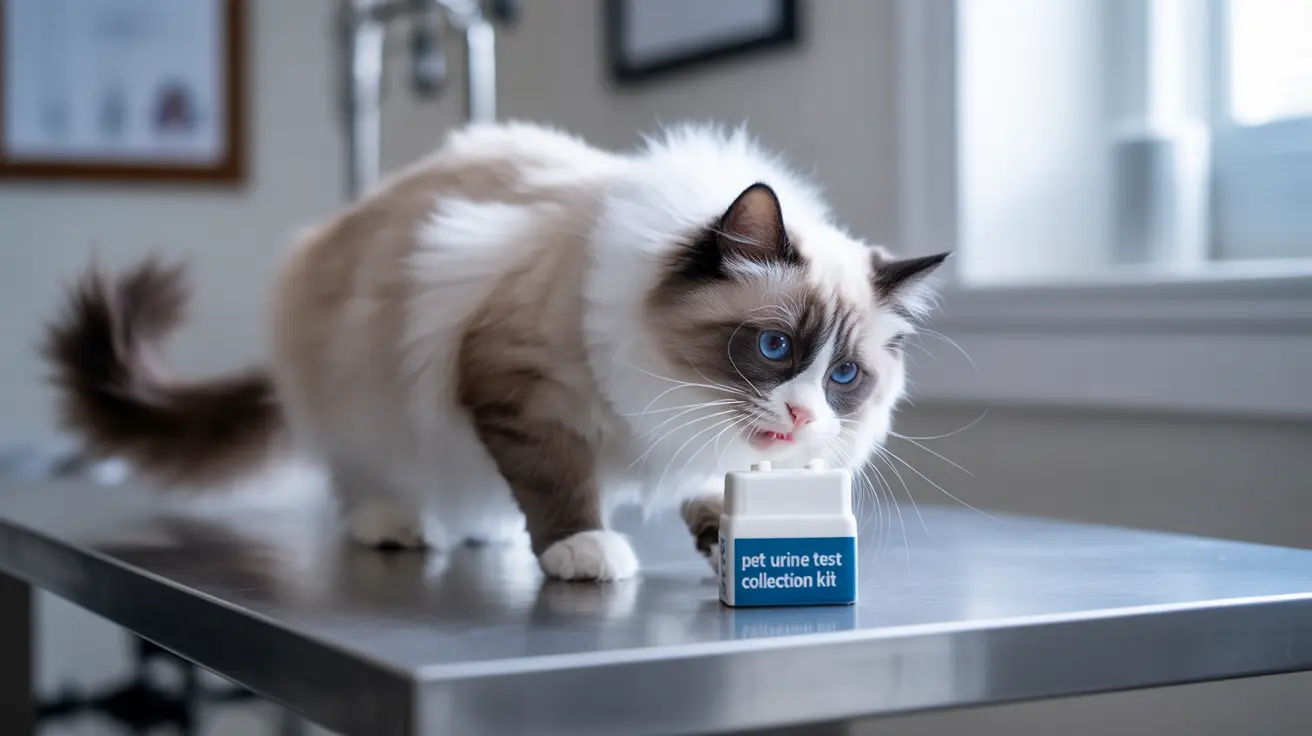When it comes to caring for a tripod dog, understanding their unique needs and abilities is crucial for ensuring they live a happy, healthy life. These remarkable animals often demonstrate incredible resilience and adaptability, proving that they can thrive despite having only three legs. This comprehensive guide will walk you through everything you need to know about caring for your three-legged companion.
While the adjustment period may seem daunting at first, most tripod dogs adapt remarkably well to their new mobility situation. With proper care, environmental modifications, and attentive support, these dogs can lead fulfilling lives that are just as active and joy-filled as their four-legged counterparts.
Understanding Your Tripod Dog's Physical Needs
Tripod dogs have specific physical requirements that differ from four-legged dogs. They typically place more weight on their remaining limbs, which means paying special attention to joint health and muscle strength is essential. Dogs missing a front leg often face different challenges than those missing a hind leg, as front limbs normally bear about 60% of a dog's body weight.
Physical therapy and rehabilitation exercises can be incredibly beneficial during the adaptation period. These activities help strengthen supporting muscles and improve balance, making everyday movements more manageable for your pet.
Creating a Safe Home Environment
Making your home tripod-friendly is crucial for your dog's safety and comfort. Install non-slip mats or runners on slippery floors to provide better traction. Consider placing ramps or steps near furniture or beds that your dog frequently accesses. Remove obstacles that might cause tripping or require awkward movements.
Keep their essential items like food and water bowls easily accessible, and consider elevated feeding stations to reduce strain on their neck and remaining limbs while eating.
Exercise and Activity Management
Regular exercise is vital for tripod dogs, but it needs to be carefully managed. Short, frequent walks are often better than long sessions that might lead to fatigue. Pay attention to your dog's energy levels and watch for signs of tiredness, such as slowing down or heavy panting.
Swimming can be an excellent low-impact exercise option, as it allows your dog to build strength without putting excess pressure on their remaining limbs. However, always supervise water activities and ensure your dog is comfortable in the water first.
Weight Management and Nutrition
Maintaining a healthy weight is perhaps the most critical aspect of caring for a tripod dog. Extra weight puts additional stress on their remaining limbs and can lead to joint problems or mobility issues. Work with your veterinarian to determine the optimal weight for your dog and develop an appropriate feeding plan.
Consider incorporating joint-supporting supplements like glucosamine and chondroitin into their diet, but always consult with your vet before starting any supplementation routine.
Medical Care and Monitoring
Regular veterinary check-ups are essential for monitoring your tripod dog's health. Your vet can assess joint health, muscle development, and overall mobility. They can also catch any potential issues early, such as arthritis or muscle strain, and recommend appropriate treatments or adjustments to your care routine.
Pay special attention to their remaining limbs for any signs of overuse or stress, such as limping, reluctance to move, or changes in gait pattern.
Frequently Asked Questions
How do I help my tripod dog adjust to life after amputation, and what are the most important lifestyle changes to make?
Focus on creating a stable, non-slip environment and maintain a consistent routine. The most important changes include providing proper traction throughout your home, establishing a gentle exercise routine, and ensuring they maintain a healthy weight. Be patient during the adjustment period, which typically takes 1-3 months.
What are the best mobility aids for tripod dogs, and when should I consider using tools like harnesses or wheelchairs?
Support harnesses are beneficial during the initial recovery period or for navigating stairs and getting into vehicles. Wheelchairs might be necessary for dogs who struggle with mobility or tire easily. Consult with your veterinarian to determine if and when mobility aids would benefit your dog.
How can I ensure my tripod dog maintains a healthy weight, and what dietary adjustments might be necessary?
Monitor your dog's weight regularly and adjust portions accordingly. Work with your veterinarian to calculate proper daily caloric needs, which might be lower than before due to reduced activity levels. Choose high-quality, nutrient-dense food to support muscle maintenance and joint health.
What modifications should I make to my home to ensure my tripod dog is safe and comfortable?
Install non-slip flooring or mats, remove obstacles, provide easy access to necessities, and consider adding ramps or steps to help with furniture access. Create clear pathways throughout your home and ensure all living spaces are easily accessible.
How can I help my tripod dog stay active and engaged through exercise and play, given their unique physical limitations?
Focus on low-impact activities, provide multiple short exercise sessions throughout the day, and incorporate mental stimulation through puzzle toys and training. Monitor their energy levels and adjust activities accordingly, always allowing for adequate rest periods.





